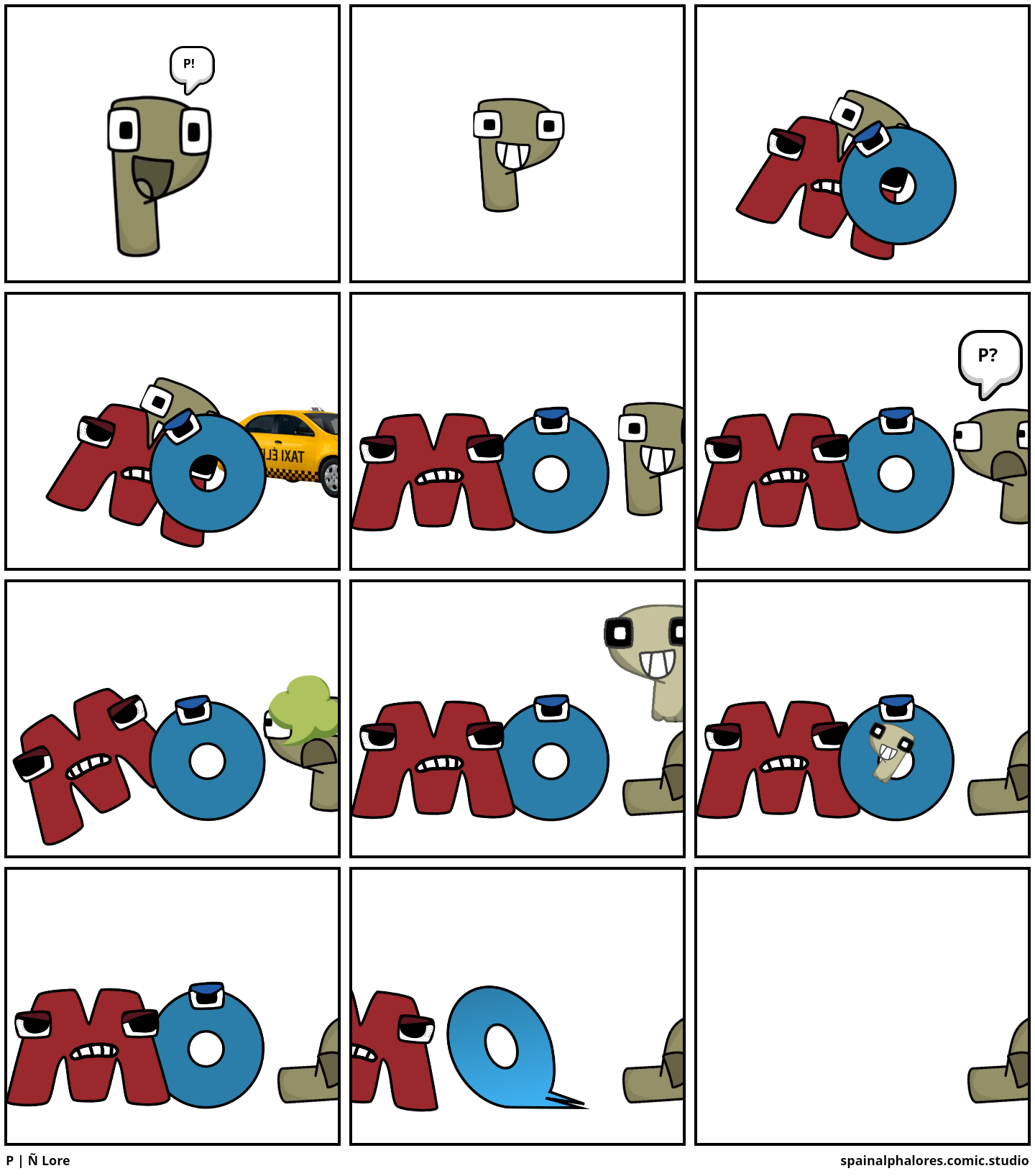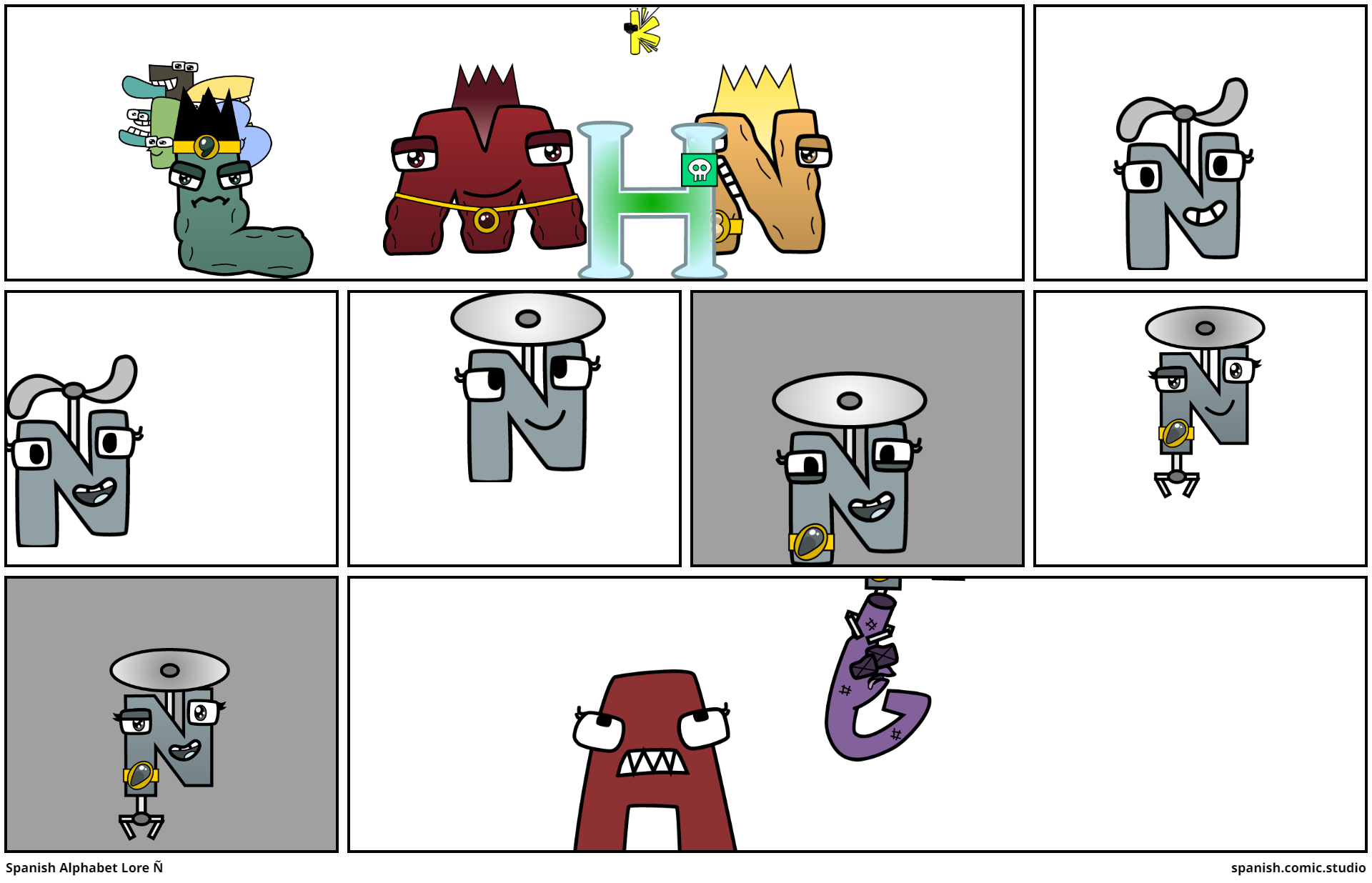Ñ ÐµÑ€Ð´Ð¶Ð¸Ð¾ Ñ Ñ‚Ð°Ð»Ð»Ð¾Ð½Ðµ - Unpacking Digital Language Puzzles
Imagine a moment when your computer screen shows something that looks like alphabet soup, a string of symbols that should be plain words but are instead a jumble of characters. This is a common hiccup for anyone working with different languages in the digital space, especially when dealing with specific character sets like Cyrillic. It's a bit like trying to read a secret code that wasn't meant to be secret at all, just a simple message gone awry.
You see, sometimes what should be clear text turns into something like `ð±ð¾ð»ð½ð¾ ð±ð°ñ ð°ð¼ñœð´ñ€ñƒñƒðlð¶ ñ‡`, which, to be honest, makes little sense to most of us. This sort of thing can pop up in databases, on websites, or really anywhere digital text lives. It often means there's a disconnect in how the computer is trying to show the letters, a little mix-up in the digital signals, you know?
This situation often leaves people scratching their heads, wondering how to get those characters back to their proper, readable form. It's not just about seeing letters; it's about being able to understand what's written, and that means getting the text to display correctly. This kind of problem, and how people try to fix it, actually tells us a lot about how language and technology interact, even if the name "Ñ ÐµÑ€Ð´Ð¶Ð¸Ð¾ Ñ Ñ‚Ð°Ð»Ð»Ð¾Ð½Ðµ" might just be a way to talk about the person facing these very challenges.
- How To Say Hello In Italian
- Mufasa Voice Actor
- 30 December Star Sign
- Billy Joel Just The Way You Are Lyrics Meaning
- Chris Cornell First Wife
Table of Contents
- The Digital Life of Ñ ÐµÑ€Ð´Ð¶Ð¸Ð¾ Ñ Ñ‚Ð°Ð»Ð»Ð¾Ð½Ðµ - A Look at Language Challenges
- What Happens When Text Goes Sideways for Ñ ÐµÑ€Ð´Ð¶Ð¸Ð¾ Ñ Ñ‚Ð°Ð»Ð»Ð¾Ð½Ðµ?
- The Rules of Russian Writing - A Guide for Ñ ÐµÑ€Ð´Ð¶Ð¸Ð¾ Ñ Ñ‚Ð°Ð»Ð»Ð¾Ð½Ðµ
- Is There a Way Back to Clear Text for Ñ ÐµÑ€Ð´Ð¶Ð¸Ð¾ Ñ Ñ‚Ð°Ð»Ð»Ð¾Ð½Ðµ?
- Beyond the Jumbled Letters - What Else Might Concern Ñ ÐµÑ€Ð´Ð¶Ð¸Ð¾ Ñ Ñ‚Ð°Ð»Ð»Ð¾Ð½Ðµ?
- Who Helps When Things Go Wrong for Ñ ÐµÑ€Ð´Ð¶Ð¸Ð¾ Ñ Ñ‚Ð°Ð»Ð»Ð¾Ð½Ðµ?
- How Do Online Platforms Affect Ñ ÐµÑ€Ð´Ð¶Ð¸Ð¾ Ñ Ñ‚Ð°Ð»Ð»Ð¾Ð½Ðµ's Experience?
- Finding Your Bearings in the Digital World - Lessons for Ñ ÐµÑ€Ð´Ð¶Ð¸Ð¾ Ñ Ñ‚Ð°Ð»Ð»Ð¾Ð½Ðµ
The Digital Life of Ñ ÐµÑ€Ð´Ð¶Ð¸Ð¾ Ñ Ñ‚Ð°Ð»Ð»Ð¾Ð½Ðµ - A Look at Language Challenges
When we talk about "Ñ ÐµÑ€Ð´Ð¶Ð¸Ð¾ Ñ Ñ‚Ð°Ð»Ð»Ð¾Ð½Ðµ" in this context, we are, in a way, picturing someone who faces the everyday trials of working with digital information. This person, or perhaps the idea of this person, deals with data that might not always behave as expected. Think of someone who has a database where text appears as a confusing series of symbols, not the readable words it should be. This kind of situation is, honestly, a common source of frustration for many folks who deal with information systems.
The challenges that someone like "Ñ ÐµÑ€Ð´Ð¶Ð¸Ð¾ Ñ Ñ‚Ð°Ð»Ð»Ð¾Ð½Ðµ" might come across are not just about a single bad character. They often involve a whole set of circumstances that make digital communication tricky. For example, getting text from one place to another, especially across different computer systems or language settings, can sometimes turn plain writing into something quite unreadable. This happens, actually, more often than you might think, and it really shows how important it is for our machines to speak the same digital language.
So, when we consider the "digital life" of someone like "Ñ ÐµÑ€Ð´Ð¶Ð¸Ð¾ Ñ Ñ‚Ð°Ð»Ð»Ð¾Ð½Ðµ," we are really exploring the general issues that arise when human language meets the precise, sometimes rigid, rules of computers. It’s about more than just typing; it's about making sure that what we type, or what we store, stays true to its original meaning and form. This is, in some respects, a continuous puzzle for anyone managing digital content, particularly when it involves multiple languages or older systems.
Challenges Encountered by Users Like Ñ ÐµÑ€Ð´Ð¶Ð¸Ð¾ Ñ Ñ‚Ð°Ð»Ð»Ð¾Ð½Ðµ
| Aspect of Digital Work | Typical Challenge for Ñ ÐµÑ€Ð´Ð¶Ð¸Ð¾ Ñ Ñ‚Ð°Ð»Ð»Ð¾Ð½Ðµ |
|---|---|
| Database Management | Cyrillic text appearing as scrambled characters (e.g., `ð±ð¾ð»ð½ð¾ ð±ð°ñ ð°ð¼ñœð´ñ€ñƒñƒðlð¶ ñ‡`). |
| Multilingual Content | Ensuring correct display and interpretation of different alphabets and scripts. |
| Software Interaction | Dealing with older or specialized systems (like "1C") that might have unique quirks. |
| Online Communication | Understanding and applying specific language rules, such as detailed Russian punctuation. |
| Information Retrieval | Finding accurate and useful information amidst a vast amount of digital content, sometimes in unexpected places. |
| System Troubleshooting | Figuring out why data looks wrong and how to get it back to a readable state. |
What Happens When Text Goes Sideways for Ñ ÐµÑ€Ð´Ð¶Ð¸Ð¾ Ñ Ñ‚Ð°Ð»Ð»Ð¾Ð½Ðµ?
The problem of text appearing as strange symbols, like the `ð±ð¾ð»ð½ð¾ ð±ð°ñ ð°ð¼ñœð´ñ€ñƒñƒðlð¶ ñ‡` example, is a very real headache for anyone dealing with data, and it's something "Ñ ÐµÑ€Ð´Ð¶Ð¸Ð¾ Ñ Ñ‚Ð°Ð»Ð»Ð¾Ð½Ðµ" might very well encounter. This often happens because of what we call 'encoding' issues. Think of encoding as the secret handshake between your computer and the text it's trying to show. If the handshake isn't right, if the system expects one kind of character set but gets another, then things can look pretty messy, you know?
When text goes sideways like this, it’s usually a sign that the system saving or displaying the text is using a different set of rules for how to represent those characters than the system that originally created them. For Cyrillic letters, this is a common occurrence because there are several ways to encode them, and if there’s a mismatch, you get that jumbled look. It's almost like trying to play a record on a cassette player; the formats just don't match up, so you get noise instead of music, in a way.
This kind of issue can lead to a lot of wasted time and effort for someone trying to get work done. Imagine needing to extract important information from a database, only to find it unreadable. It means the core message is lost, and the data becomes, basically, unusable until fixed. So, understanding why this happens is the first step toward getting things back to normal for anyone, including our conceptual "Ñ ÐµÑ€Ð´Ð¶Ð¸Ð¾ Ñ Ñ‚Ð°Ð»Ð»Ð¾Ð½Ðµ."
The Rules of Russian Writing - A Guide for Ñ ÐµÑ€Ð´Ð¶Ð¸Ð¾ Ñ Ñ‚Ð°Ð»Ð»Ð¾Ð½Ðµ
Beyond just getting the characters to show up correctly, there's another layer of complexity when working with languages like Russian: the rules of writing. The text mentions that Russian punctuation is quite specific, with a long and detailed set of guidelines for commas, semicolons, and dashes. This is a big contrast to English, where punctuation rules can sometimes feel a little more flexible. For someone like "Ñ ÐµÑ€Ð´Ð¶Ð¸Ð¾ Ñ Ñ‚Ð°Ð»Ð»Ð¾Ð½Ðµ" who might be dealing with Russian text, either creating it or processing it, these rules are pretty important to observe.
Understanding these particular rules isn't just about being grammatically correct; it's about making sure the meaning of the text is conveyed precisely. A misplaced comma, or the absence of one where it's needed, can actually change the entire sense of a sentence. This is why, when you're working with professional documents or any kind of official communication in Russian, paying close attention to these guidelines is really a must. It helps avoid misunderstandings and ensures that the message is received as intended, in fact.
So, for "Ñ ÐµÑ€Ð´Ð¶Ð¸Ð¾ Ñ Ñ‚Ð°Ð»Ð»Ð¾Ð½Ðµ" or anyone interacting with Russian language content, getting familiar with these specific writing conventions is a key

Р | Ñ Lore - Comic Studio

Ñ-Q - Comic Studio

Spanish Alphabet Lore Ñ - Comic Studio